Mills in the Middle Ages
5 comments
Hello everyone, first of all I would like to welcome you all to my new post and hope you had a weekend that was full of positive experiences! In this post, I would like to discuss something interesting about history and hope you can expand your knowledge.
Here are some works of art that are supposed to represent an important part of history and specifically I would like to go into the history of the mills during the period of the Middle Ages and to better express the topic, I have created some artworks with the help of artificial intelligence. At that time, mainly the water mills were in operation and people appreciated the energy that could be generated with the help of water and during the Middle Ages various techniques developed that made the work easier and ensured that it came to new areas of application and so the mills were used in addition to the most important application of the grinding of grain also used for cutting wood, stones, mustard, plants to produce pigments and many more. Water was very effective, but the people could only make use of it in the areas where the right water supply could also be found and this should be changed in the 12th century when more and more windmills were introduced and so it came to the fact that more of them were built. There are different views of where the windmills came from at that time and probably they come from exploration trips from Persia which at that time already used wind power under the caliph Omar and already in ancient China wind power was already used over 1500 years ago and some even say that the traces could even be 3000 years old. If you are also generally interested in the history of the mills in China, I can recommend this post of mine
where I have already shed more light on this topic.There are also some views that it came from Spain at the time and it did not take long for the windmills to spread more and more but water mills also continued to be of great importance and there were numerous rulers like Charlemagne who promoted the growth of the mills. In the past, women were probably still responsible for this work until the topic changed and also more and more men consented to this work and during the Middle Ages it developed more and more into its own profession and the millers received their own coats of arms. Originally, it happened that the mills were in the hands of the population of a village until there was a change and the mills belonged to the one who also managed the ground and thus it happened at that time that many farmers could not always bear the expensive costs of the construction and were therefore overtaken by the land owners. In addition, not everyone was allowed to grind their grain and it came to a special prerogative to operate a mill which said that only millers were allowed to grind grain in the mills and this led to a great stigmatization as well as some disputes among farmers and everyone knew at the time that you could not operate a mill without the millers. So it came to the fact that at that time the miller had a special place and could become independent in this way and the farmers then delivered their grain to the mills, which was then processed into flour which was brought via transport routes to another area or for further processing.
At the same time, a large market was created and it was also often happened that some crises arose at the time due to the fact that sometimes the grain was contaminated and it also happened that pandemics broke out that were related to ergot and during these times there were even food crises. There were also some legends that originated in the Middle Ages in which it was said that the mills control the cycle of day or night and the rotation of the wheel of the mill symbolizes the changing vault of the sky as well as the movement of the stars. At that time, mills were also often associated with occultism and since the mills were mostly on the edge of villages and even worked at night, people thought that creepy things would happen inside it and people were often afraid of the millers. At the end of the article, I would like to discuss an important topic that is related to it and definitely you should keep in mind the dying of the mills and
you will find a post why it happened that more and more mills have died and you can see this not only in connection with the mills but in many other areas that the culture suffers and you should definitely think about it. It is not without reason that in the Middle Ages there was the view that as long as the wheels of the mills turn, the world too, because hardly any topic is more important for survival than the food.Thank you very much for taking the time to read through my post and I hope you like it and can learn something new about this important topic!
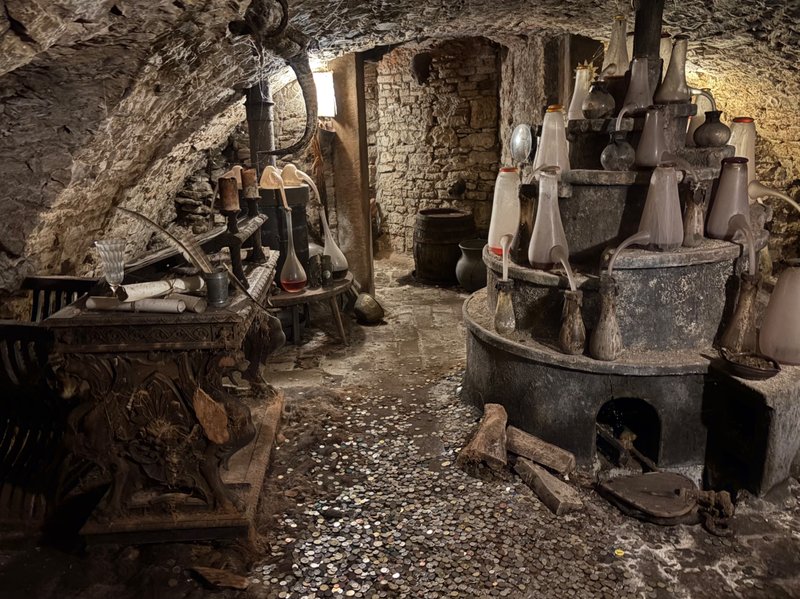


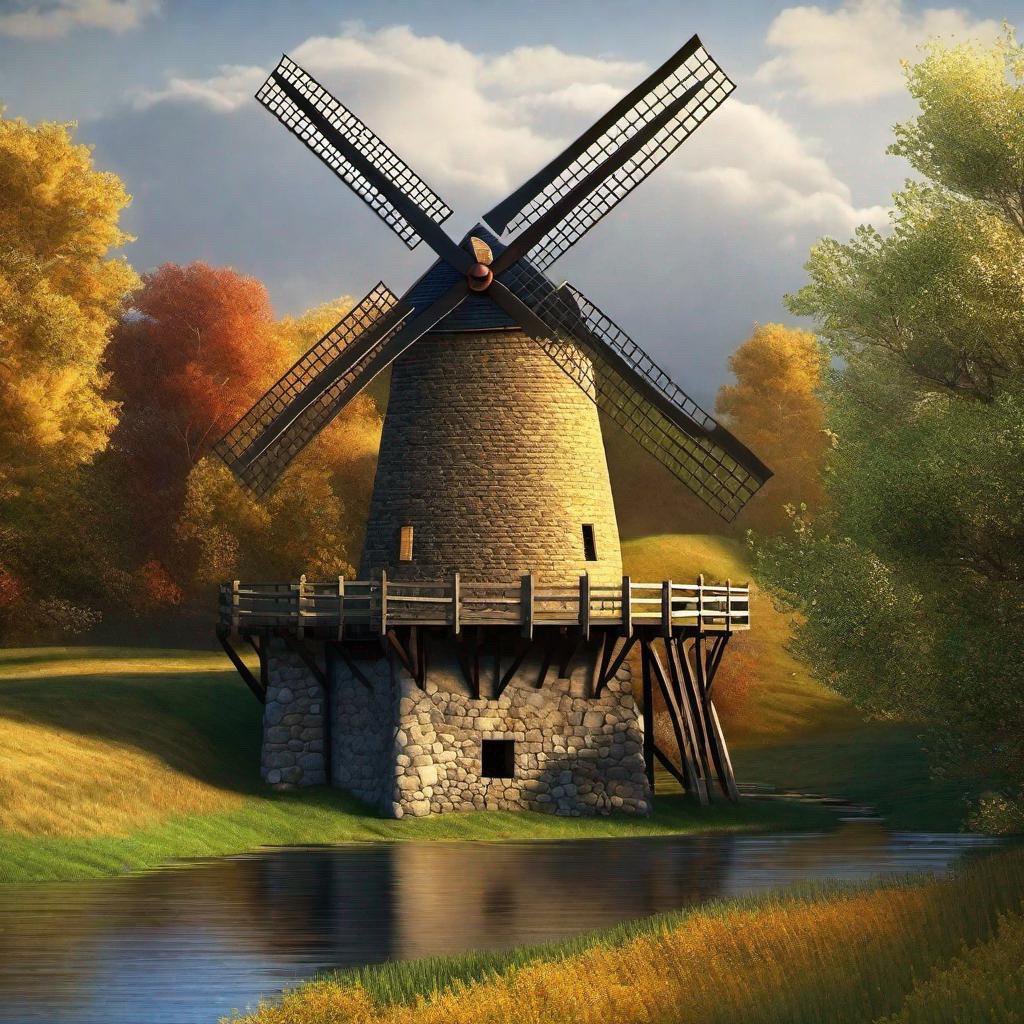
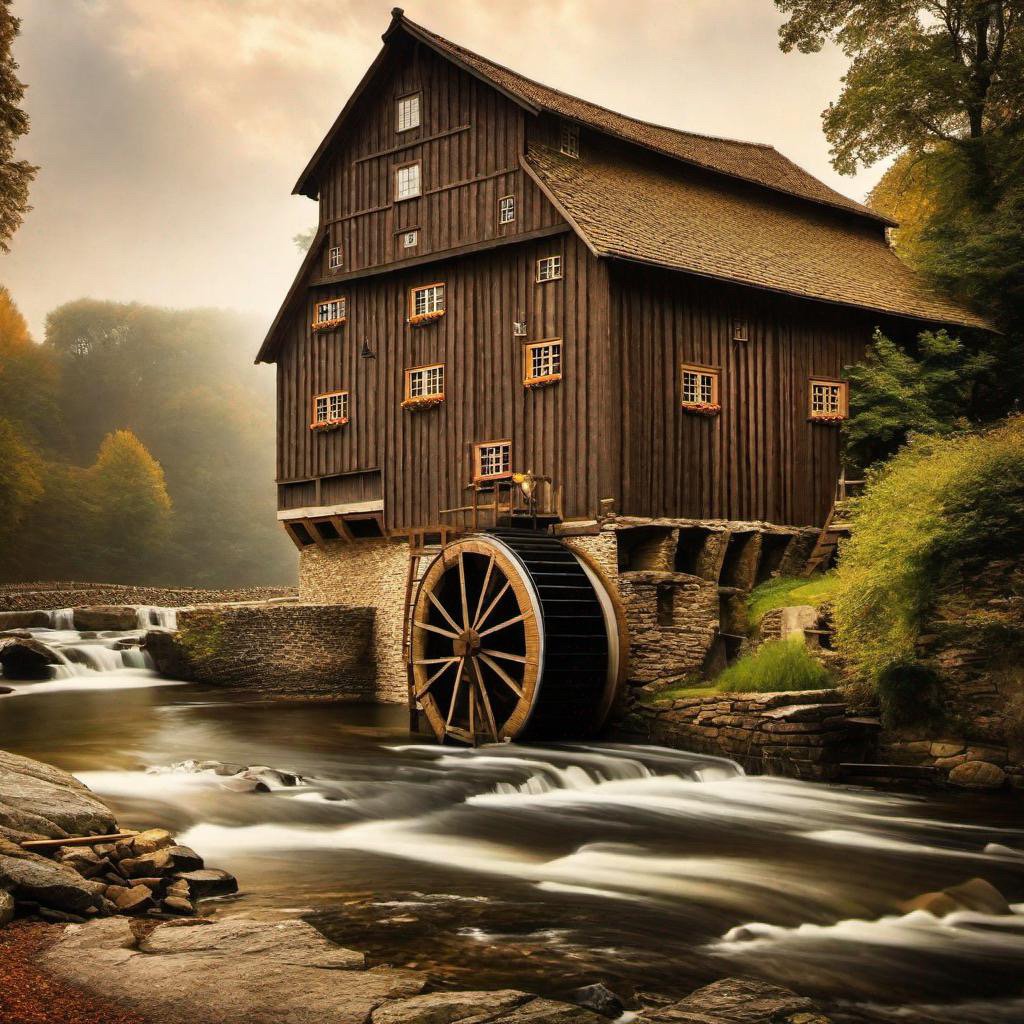
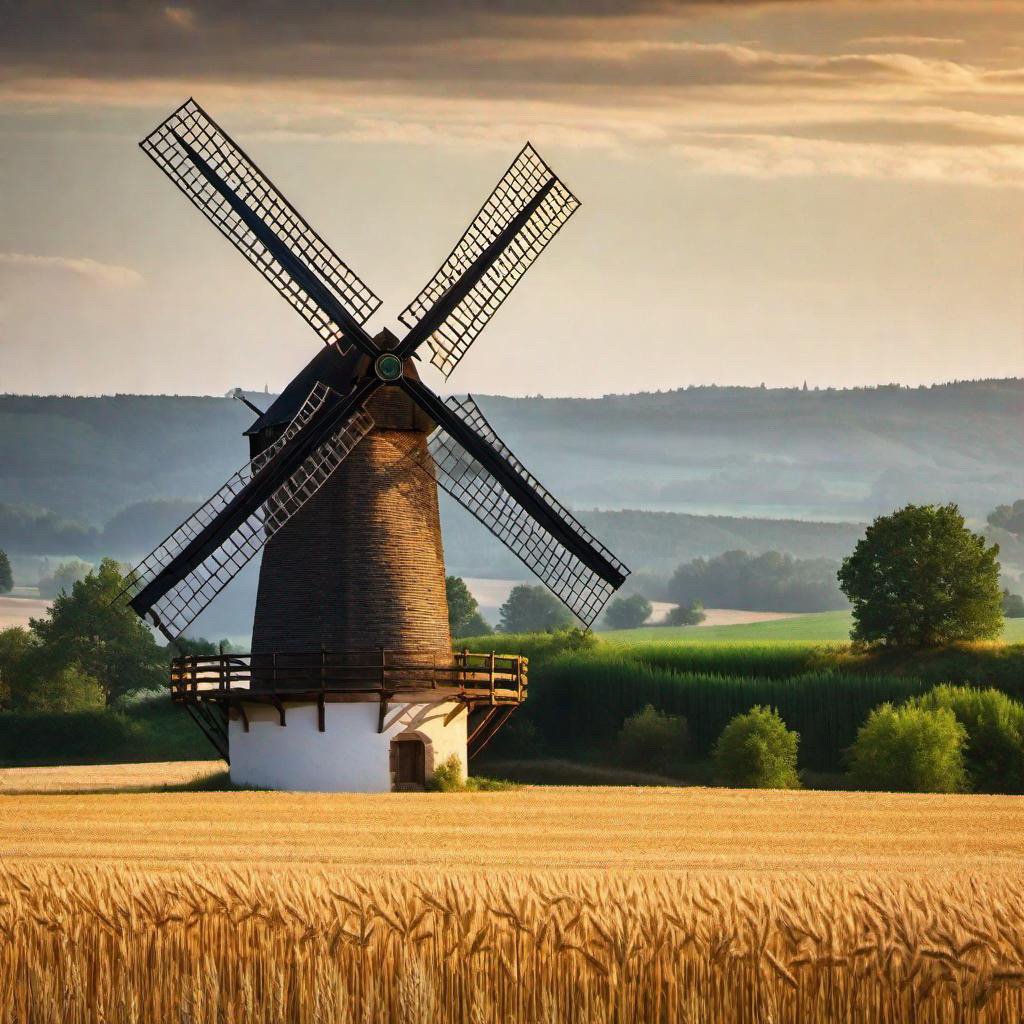
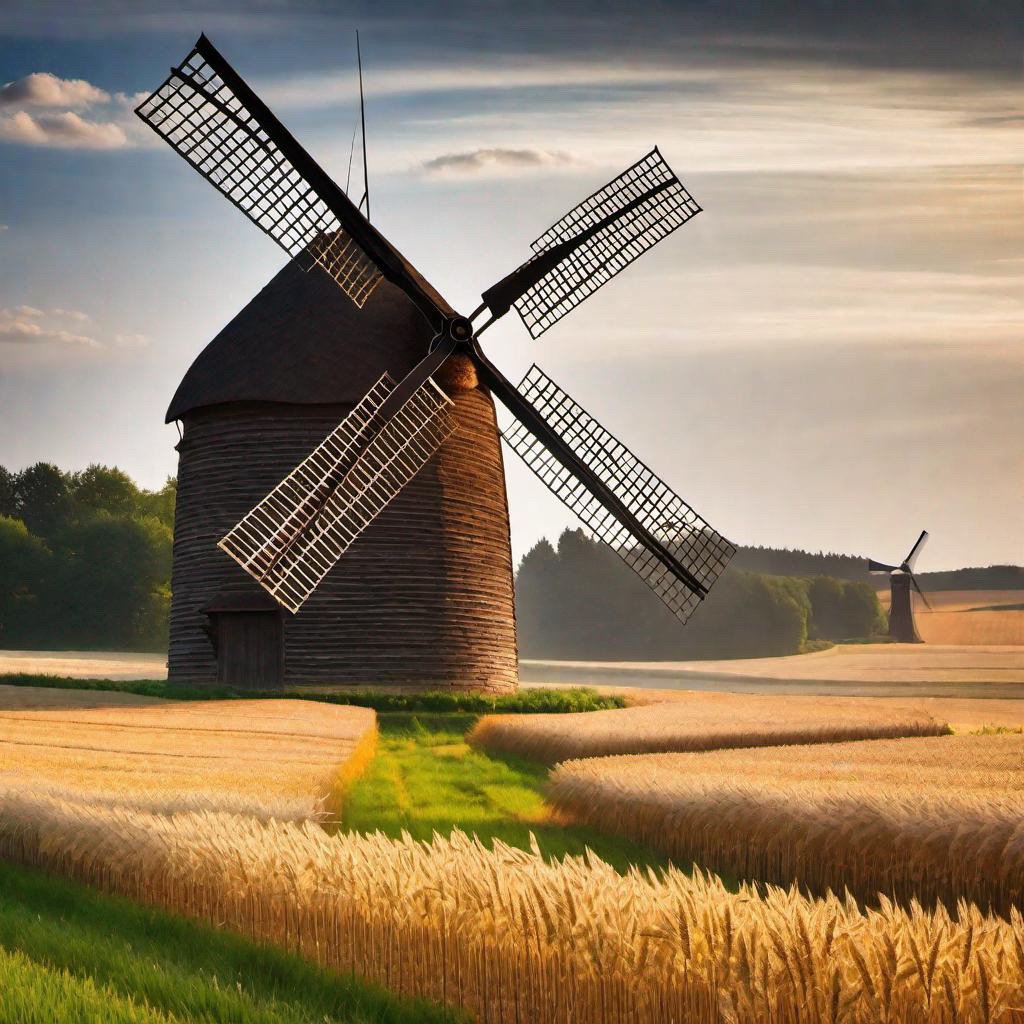

Comments